Embarking on a journey to Annapurna Base Camp is not just a trek; it's an exploration into the heart of the majestic Himalayas. This trek offers an unparalleled blend of breathtaking natural beauty, rich cultural experiences, and personal growth. With every step towards the base camp, you immerse yourself in the tranquil yet vibrant ambiance of the mountains, which is both rejuvenating and awe-inspiring. Whether you are an avid trekker or a nature enthusiast, the Annapurna Base Camp Trek promises an array of unforgettable experiences. From the stunning vistas of the Annapurna range to the warm hospitality of the local communities, each aspect of the trek contributes to a truly unique and fulfilling adventure. With the right blend of challenge and beauty, the Annapurna Base Camp Trek stands out as a must-do for anyone seeking to connect with nature, witness diverse landscapes, and experience the thrill of high-altitude trekking.
Hiking to Annapurna Base Camp is an unforgettable experience, and one of the primary reasons for its popularity is the opportunity to witness Stunning Panoramic Views. Here's a closer look at why these views are a top reason to embark on this trek:
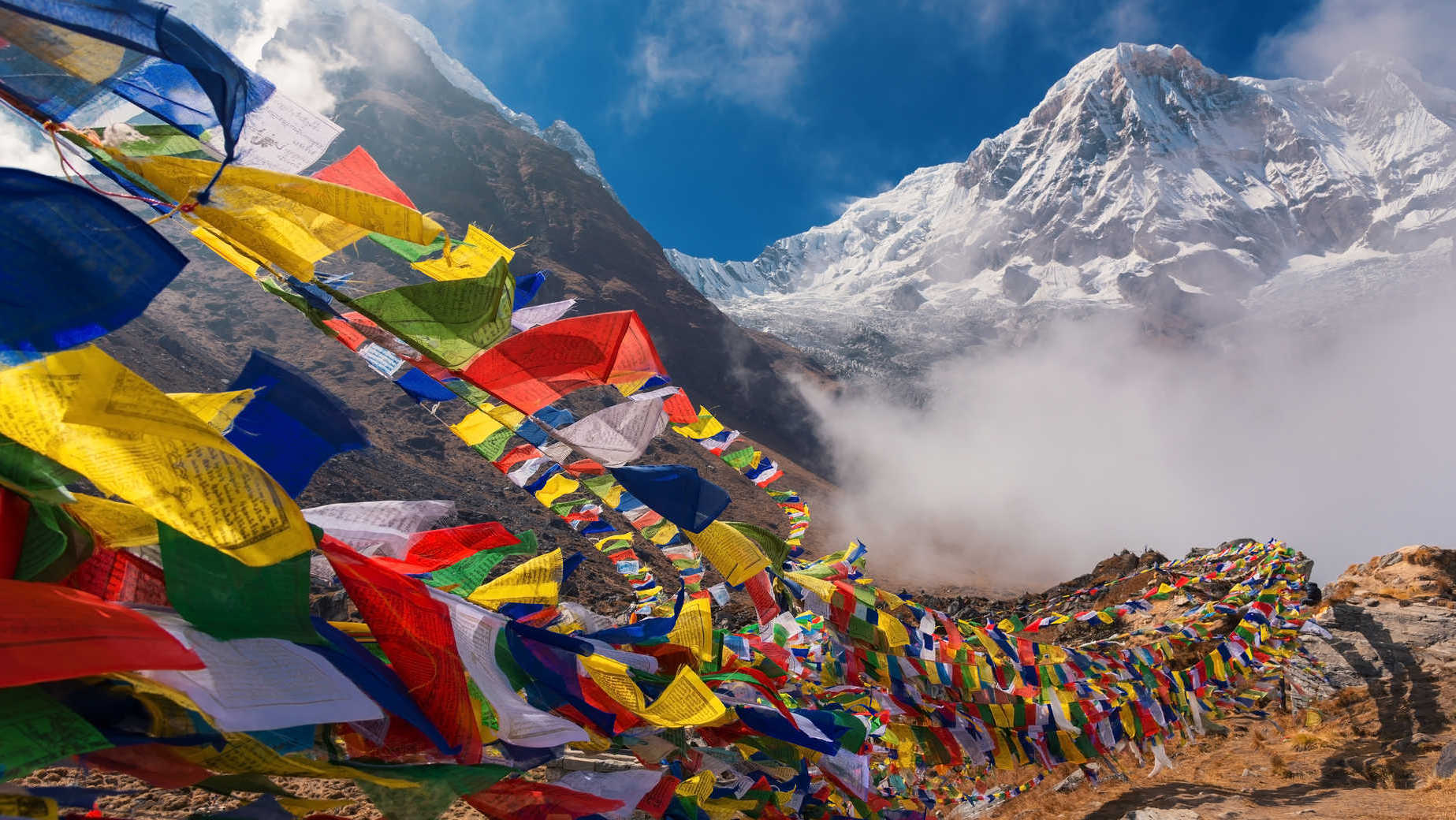
-
Diverse Landscape: The trek provides a visual journey through diverse landscapes, from lush forests and terraced fields to rocky trails and snow-covered peaks.
-
360-degree Mountain Vistas: Annapurna Base Camp offers a 360-degree panoramic view of the majestic Himalayan range, including several peaks over 7,000 and 8,000 meters.
-
Annapurna Massif: You'll get up-close views of the Annapurna Massif, a breathtaking sight with its towering peaks and glaciers.
-
Machapuchare View: Known as the Fishtail Mountain, Machapuchare stands out for its unique shape and is revered in local culture.
-
Sunrise and Sunset Views: Witnessing sunrise or sunset from various points along the trek, especially from Poon Hill or the Base Camp itself, is a magical experience.
-
Photography Opportunities: The ever-changing light and shadow on the mountains provide exceptional opportunities for photography enthusiasts.
-
Seasonal Variations: Each season offers a different view – rhododendrons in bloom during spring, clear skies in autumn, and snow-capped peaks in winter.
-
Dynamic Weather: The mountains' appearance changes with the weather, offering a new perspective almost every hour.
-
Star Gazing: On clear nights, the lack of light pollution allows for stunning views of the starry sky, with the silhouettes of the mountains adding to the beauty.
-
Reward for the Effort: After days of trekking, the breathtaking panoramic views from the Annapurna Base Camp serve as a rewarding and unforgettable climax to the journey.
These stunning panoramic views provide a constant backdrop to the journey, making the Annapurna Base Camp trek not just a physical adventure, but also a feast for the eyes and the soul.
Rich Biodiversity
The trek to Annapurna Base Camp is not only a journey through stunning landscapes but also an exploration of Rich Biodiversity. This aspect of the trek offers a unique experience that adds to its allure. Here are the top reasons why the rich biodiversity is a compelling part of the Annapurna Base Camp Trek:
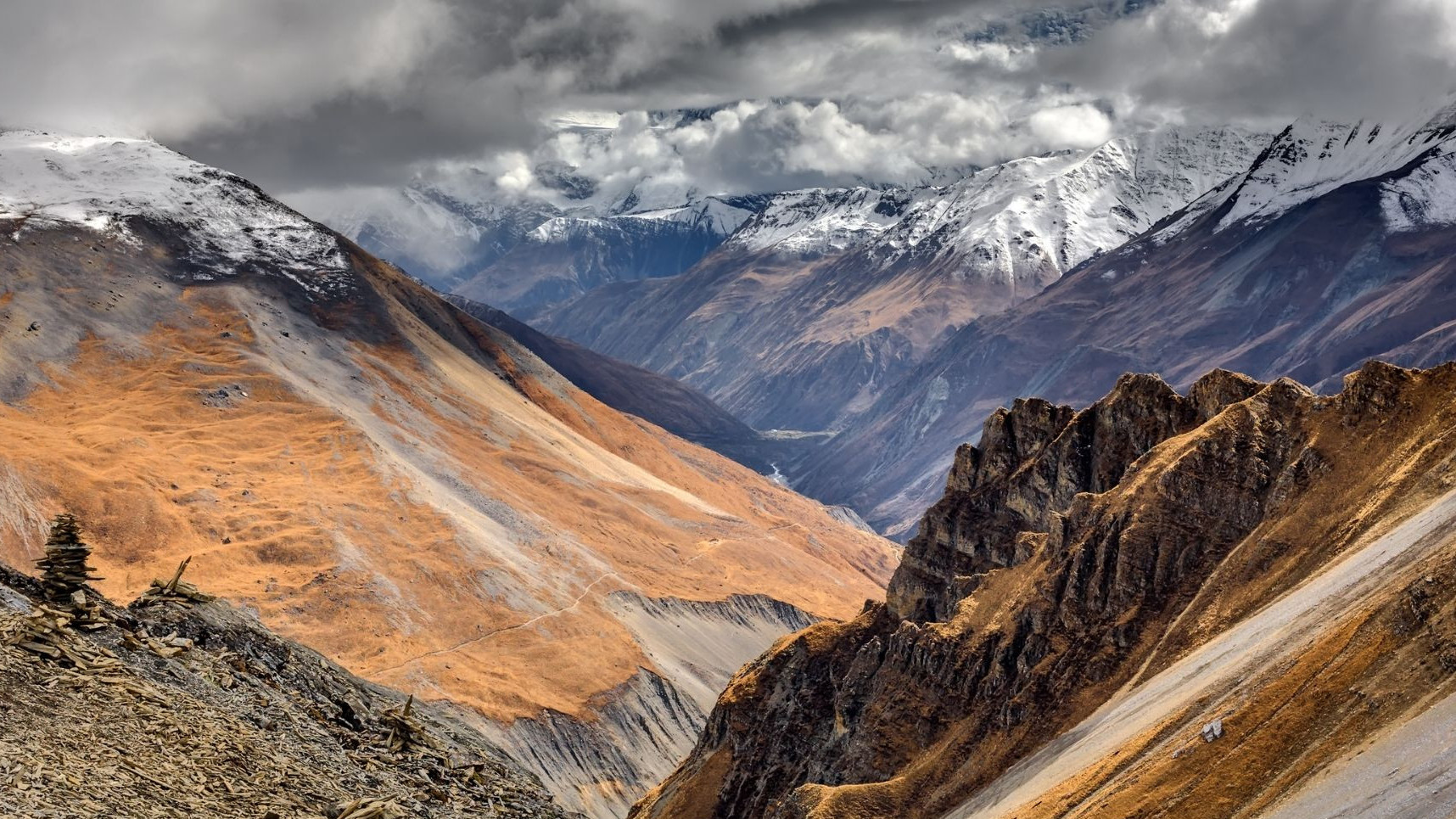
-
Variety of Flora: The trek passes through diverse ecological zones, home to a wide range of plant species, including lush rhododendron forests, bamboo groves, and alpine meadows.
-
Fauna Encounters: The Annapurna region is inhabited by various wildlife species such as Himalayan tahr, langur monkeys, and several bird species, adding an element of wildlife spotting to the trek.
-
Annapurna Conservation Area: Trekking through this protected area allows you to witness conservation efforts and understand the importance of preserving natural habitats.
-
Changing Landscapes: As you ascend, the change in altitude brings a noticeable shift in vegetation and wildlife, reflecting the region's ecological diversity.
-
Educational Experience: Learning about the local flora and fauna adds an educational dimension to the trek, enhancing your understanding and appreciation of the natural world.
-
Rare Species Sightings: The region is known for sightings of rare and endangered species, making every wildlife encounter a special and memorable event.
-
Bird Watching: The trek is a haven for birdwatchers, with the chance to spot a variety of Himalayan birds, including the colorful Danphe, Nepal's national bird.
-
Sustainable Tourism: By trekking in this biodiverse region, you contribute to sustainable tourism practices that help conserve the area's natural beauty.
-
Photographic Opportunities: The rich biodiversity provides ample opportunities for stunning wildlife and nature photography.
-
Connection with Nature: Immersing yourself in the diverse natural environments of the Annapurna region fosters a deep connection with nature, enhancing the overall trekking experience.
The Rich Biodiversity of the Annapurna Base Camp trek not only adds to its beauty and uniqueness but also provides trekkers with a deeper appreciation for the natural world.
Cultural Immersion
The trek to Annapurna Base Camp offers not just a physical journey but also a profound Cultural Immersion. This experience is one of the top reasons to embark on this trek. Here's why the cultural aspect is so integral:
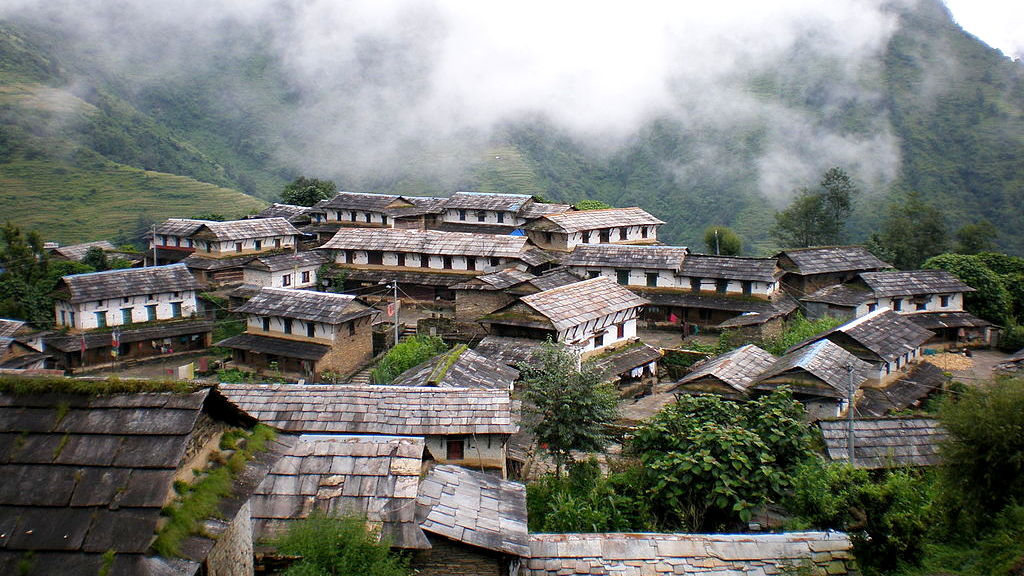
-
Ethnic Diversity: The region is home to various ethnic groups, including the Gurungs and Magars, each with their unique traditions, languages, and lifestyles.
-
Traditional Villages: Trekking through quaint villages allows you to witness and experience the daily lives of the local people in their traditional settings.
-
Local Hospitality: The warmth and hospitality of the local communities are heartwarming. Staying in teahouses and interacting with locals offer a genuine glimpse into their culture.
-
Cultural Landmarks: Along the route, you'll encounter several monasteries, temples, and religious shrines, reflecting the spiritual aspects of the local culture.
-
Festivals and Traditions: If your trek coincides with local festivals, you'll get an opportunity to see cultural celebrations, dances, and rituals unique to the region.
-
Traditional Cuisine: The trek introduces you to local cuisine, offering a taste of authentic Nepali food and delicacies specific to the Annapurna region.
-
Handicrafts and Art: The local handicrafts, including textiles and carvings, reflect the artistic skills and traditions of the local communities.
-
Cultural Exchange: Interacting with the locals provides a platform for cultural exchange, offering insights into different perspectives and ways of life.
-
Learning Opportunity: The trek is a learning experience, giving you a deeper understanding of the customs, beliefs, and values of the Nepalese highland communities.
-
Preservation of Heritage: By engaging with the local culture, trekkers contribute to the preservation and appreciation of the unique heritage and traditions of the Annapurna region.
Cultural Immersion in the Annapurna Base Camp trek adds depth and richness to the experience, making it not just a physical expedition but also a journey of personal and cultural discovery.
Photographic Opportunities
The Annapurna Base Camp trek is a paradise for photography enthusiasts, offering endless Photographic Opportunities. Here are the top reasons why this trek is a must-do for those looking to capture spectacular images:
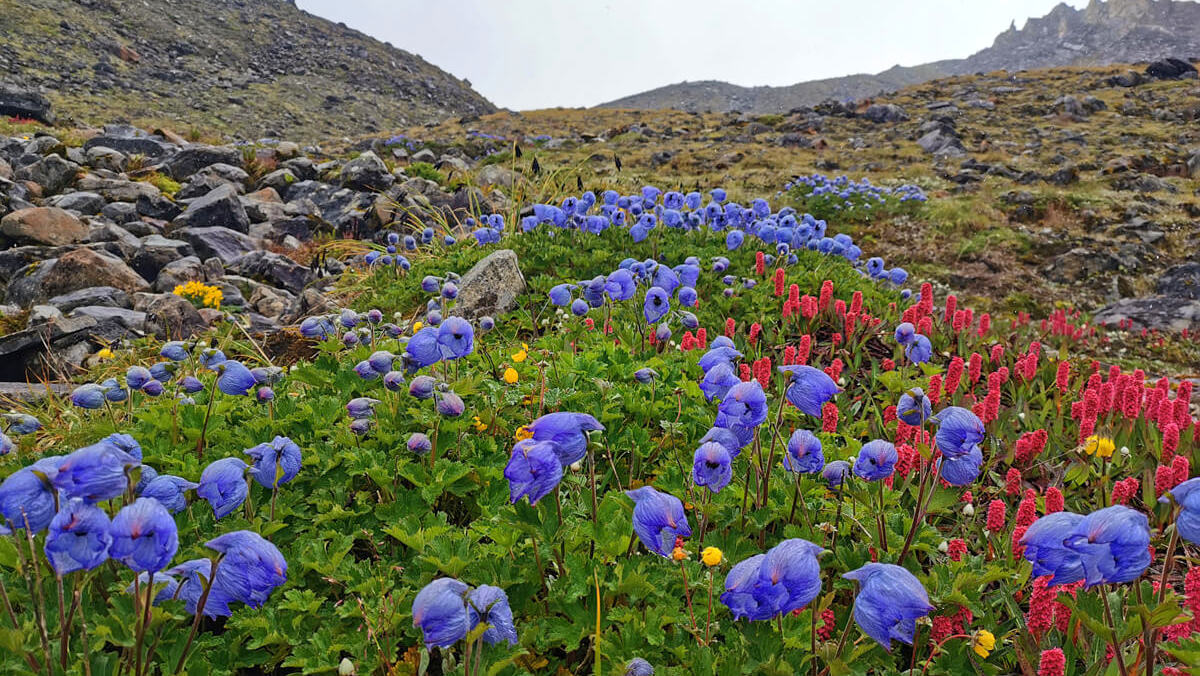
- Flora and Fauna: The region's biodiversity provides opportunities to photograph exotic wildlife and a variety of plant species, including rhododendrons in full bloom.
-
Diverse Landscapes: From lush forests and cascading waterfalls to stark, high-altitude terrain and snow-capped peaks, the trek offers a wide range of landscapes to photograph.
-
Sunrise and Sunset Views: Capture the stunning hues of sunrise and sunset over the Himalayas, particularly spectacular from viewpoints like Poon Hill.
-
Rich Cultural Tapestry: The trek passes through traditional villages where you can photograph the local life, traditional Nepalese architecture, and vibrant cultural ceremonies.
- Mountain Panoramas: The grandeur of the Annapurna range, including peaks like Annapurna South, Machapuchare, and Hiunchuli, offers breathtaking panoramic shots.
-
Dynamic Weather Conditions: The changing weather conditions in the mountains can create dramatic and moody skies, perfect for captivating photography.
-
Star Photography: The clear night skies at higher altitudes are ideal for astrophotography, capturing the Milky Way and star trails against the silhouette of the mountains.
-
Lifestyle and Portraiture: Photographing the friendly faces of the Nepalese people and trekkers from around the world adds a human element to your photos.
-
Traditional Festivals: If your trek coincides with local festivals, you'll have the chance to capture unique cultural events, traditional dress, and festivities.
-
Travel and Adventure Photography: Document your journey with a blend of landscape, lifestyle, and adventure photography, capturing the essence of trekking in the Himalayas.
The Photographic Opportunities on the Annapurna Base Camp trek are as diverse and spectacular as the trek itself, making it an ideal destination for photographers aiming to capture the beauty of nature and culture.
Poon Hill
The trek to Annapurna Base Camp is filled with many highlights, and one of the most compelling reasons to undertake this journey is the visit to Poon Hill. Here's why Poon Hill is a key highlight of the Annapurna Base Camp trek:
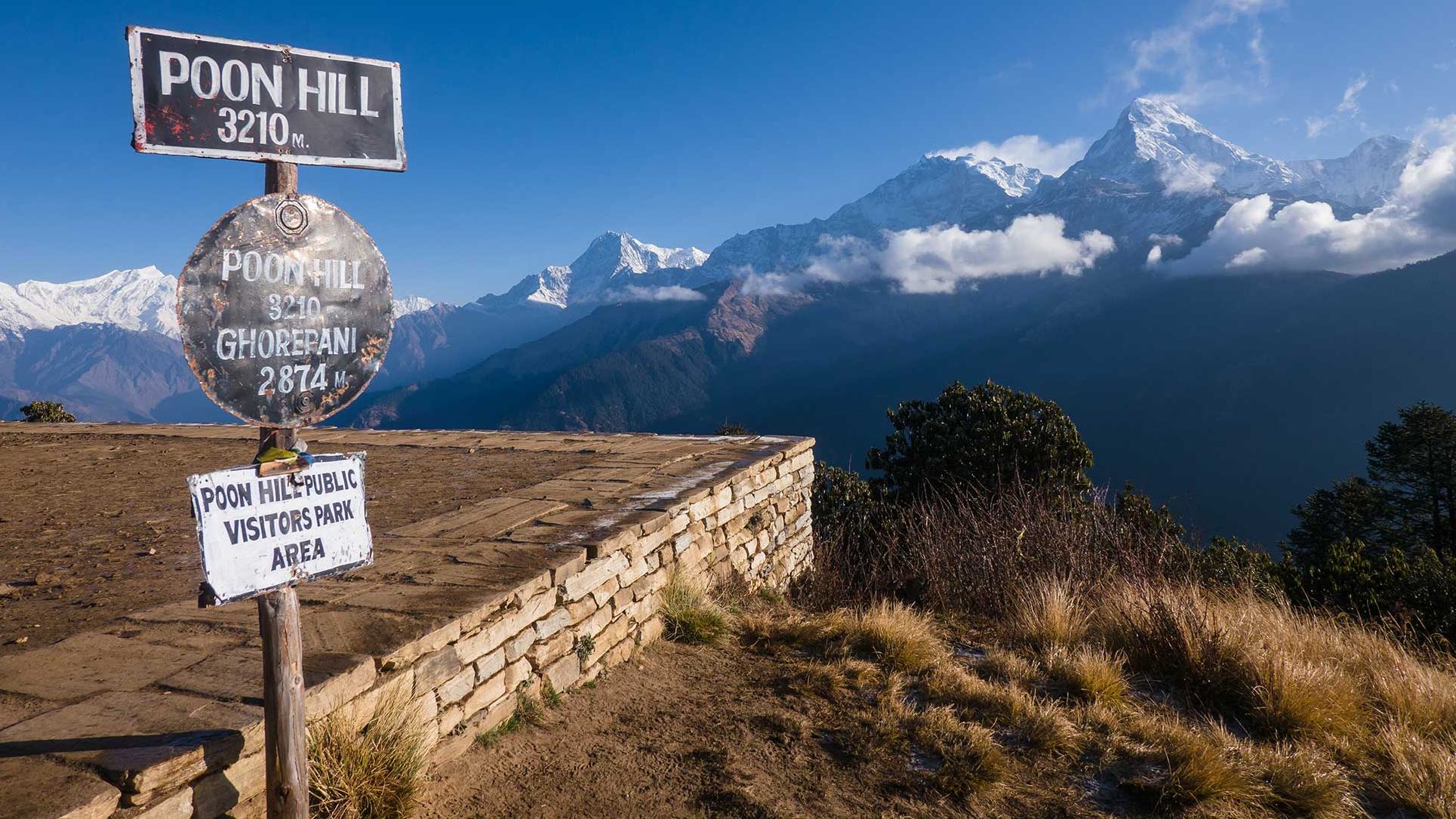
-
Spectacular Sunrise Views: Poon Hill is famous for its breathtaking sunrise views, where the sun illuminates the peaks of the Annapurna and Dhaulagiri ranges in a spectacular display of colors.
-
Panoramic Mountain Vistas: From Poon Hill, you get panoramic views of several Himalayan peaks, including Annapurna South, Annapurna I, Dhaulagiri, and Machapuchare (Fishtail Mountain).
-
Accessible Viewpoint: At an altitude of 3,210 meters, Poon Hill is an accessible viewpoint for many trekkers, offering a glimpse of high-altitude landscapes without the need for extreme trekking.
-
Photography Destination: The scenic beauty of Poon Hill makes it a favorite spot for photographers looking to capture the majesty of the Himalayas.
-
Cultural Significance: The area around Poon Hill is rich in cultural heritage, offering insights into the local Gurung and Magar communities.
-
Flora and Fauna: The trek to Poon Hill passes through rhododendron forests and offers opportunities to see the region's diverse wildlife.
-
Ideal Acclimatization Spot: For trekkers heading to higher altitudes, Poon Hill serves as an excellent location for acclimatization.
-
Peaceful Environment: The tranquil atmosphere at Poon Hill provides a serene environment, perfect for reflection and enjoyment of nature's beauty.
-
Popular Trekking Destination: Poon Hill is a well-known destination in the Annapurna region, attracting trekkers from all over the world.
-
Extension to Annapurna Base Camp Trek: For those on the Annapurna Base Camp trek, a detour to Poon Hill enriches the trekking experience, adding another layer of scenic beauty and adventure to the journey.
Poon Hill is more than just a viewpoint; it's a destination that encapsulates the essence of the Himalayan experience, making it a must-visit on the Annapurna Base Camp trek.
Natural Hot Springs
The trek to Annapurna Base Camp is an adventure filled with numerous attractions, and one of the most delightful reasons to embark on this journey is the presence of Natural Hot Springs along the route. Here's why these hot springs are a highlight of the trek:
-
Relaxation and Rejuvenation: After days of trekking, soaking in the natural hot springs offers a therapeutic and relaxing experience, helping to soothe and rejuvenate tired muscles.
-
Jhinu Danda Hot Springs: One of the most famous hot springs along the trek is located in Jhinu Danda, a small village that trekkers often visit on their return journey from the base camp.
-
Healing Properties: The mineral-rich waters of the hot springs are believed to have healing properties, aiding in the relief of aches, pains, and soreness.
-
Scenic Locations: These hot springs are often located in picturesque settings, offering stunning views of the surrounding landscapes while you soak.
-
Cultural Experience: Visiting the hot springs is not only a physical relief but also a way to engage in a local custom, as these springs hold cultural significance in Nepal.
-
Social Interaction: The communal nature of the hot springs provides an opportunity to interact with fellow trekkers and locals, sharing experiences and stories.
-
Accessibility: The hot springs are easily accessible from the trekking trail, making them a convenient stop without requiring significant detours.
-
Natural Setting: Soaking in a hot spring surrounded by nature is an experience that combines relaxation with a deep connection to the natural world.
-
Unique Trekking Experience: The addition of hot springs to the trekking journey adds a unique and memorable element to the overall experience.
-
Year-Round Enjoyment: The hot springs are enjoyable throughout the year, offering a warm respite during cooler months and a relaxing break in warmer weather.
The inclusion of Natural Hot Springs in the Annapurna Base Camp trek adds a layer of relaxation and cultural immersion, enhancing the overall trekking experience in the Himalayas.
Varied Terrain
The Annapurna Base Camp trek is renowned not only for its stunning landscapes but also for its Varied Terrain, which offers trekkers a dynamic and diverse hiking experience. Here are the top reasons why the varied terrain is a key highlight of this trek:
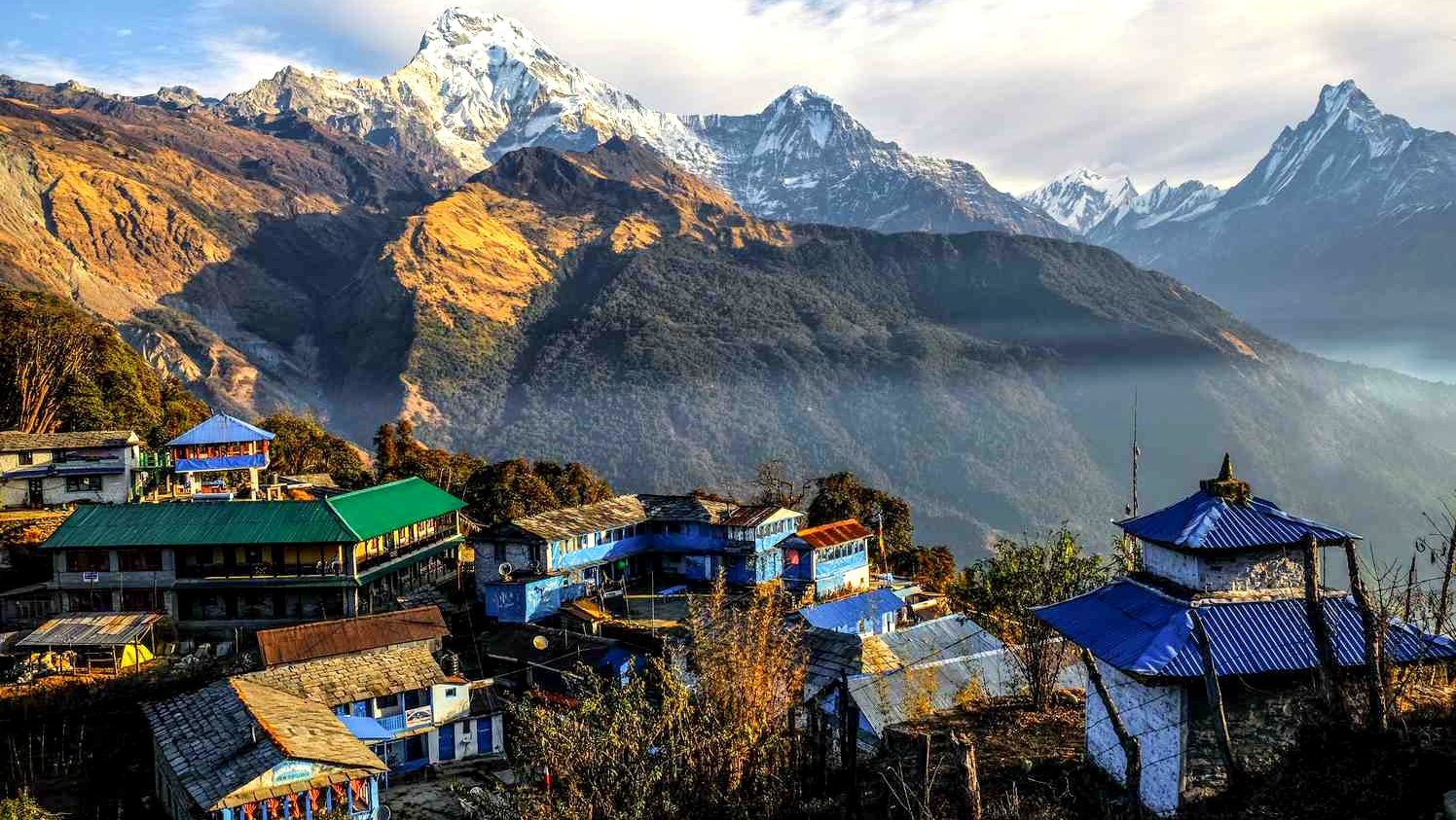
Annapurna Region
-
Diverse Landscapes: The trek takes you through a range of landscapes, from lush subtropical forests and terraced farmlands to alpine meadows and high-altitude rocky terrains.
-
Changing Ecosystems: As you ascend, you'll witness the shift in ecosystems and vegetation, offering insights into the adaptability of nature at different altitudes.
-
Challenging and Rewarding: The varying terrain provides both physical and mental challenges, making reaching Annapurna Base Camp a truly rewarding accomplishment.
-
Photographic Diversity: Each type of terrain offers unique photographic opportunities, from the vibrant greenery of the forests to the stark beauty of the high-altitude landscapes.
-
Engaging Hiking Experience: The variety in terrain keeps the trek interesting and engaging, as each day brings new scenery and challenges.
-
Suitable for Various Skill Levels: The trek's varied terrain makes it suitable for both novice and experienced trekkers, offering something for everyone.
-
Opportunity to Acclimatize: The gradual change in terrain helps trekkers acclimatize to higher altitudes, reducing the risk of altitude sickness.
-
Wildlife Encounters: Different terrains are home to various wildlife species, enhancing the chances of encountering the rich biodiversity of the region.
-
Cultural Variations: The trek passes through villages and settlements in different terrains, offering a glimpse into the diverse cultures and lifestyles of the local communities.
-
Ever-changing Scenery: With the terrain changing constantly, each turn on the trail presents a new view, keeping the trek exciting and unpredictable.
The Varied Terrain of the Annapurna Base Camp trek is not just a backdrop for the journey; it is an integral part of the experience that brings a sense of adventure, discovery, and a deep connection with nature.




